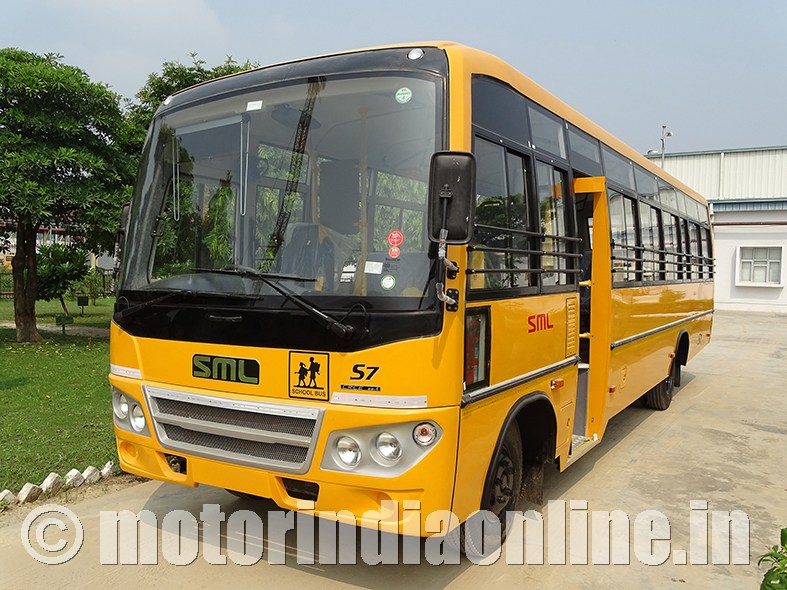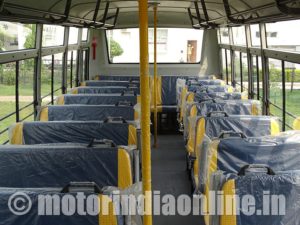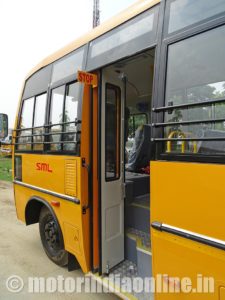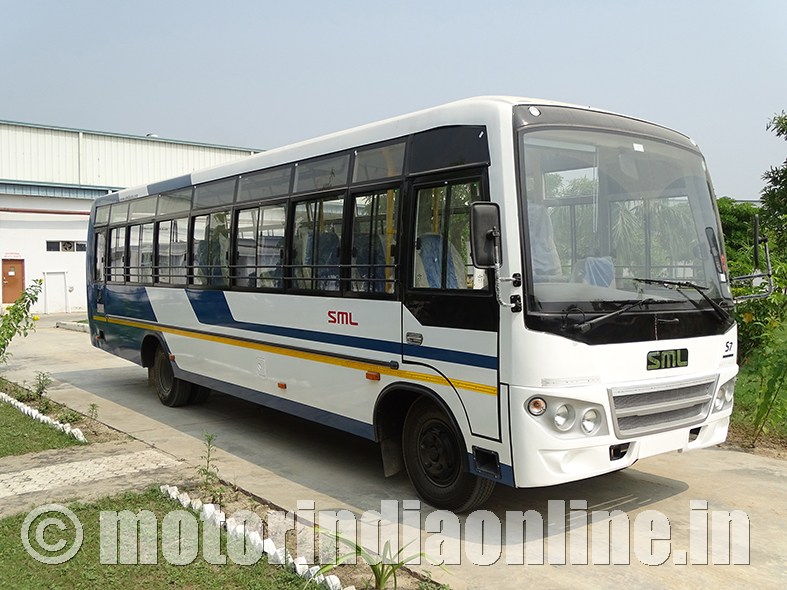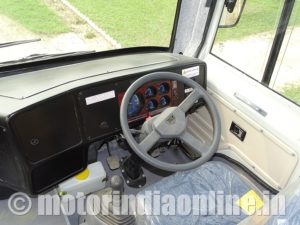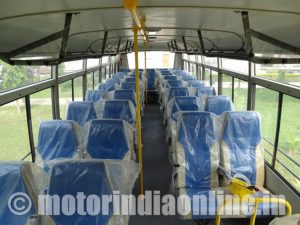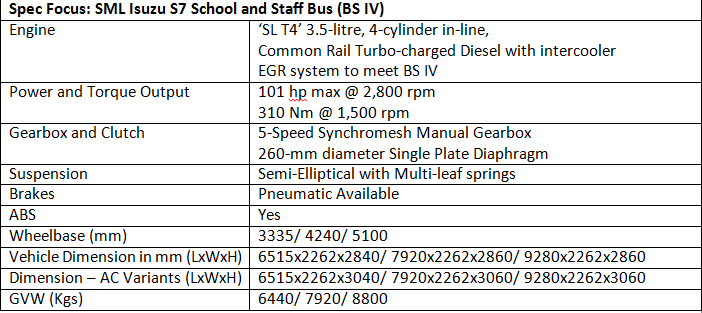The S7 platform delivers a tour de force performance in the segment, has incorporated loads of technical improvements in the last five years since its launch.
Following on from SML Isuzu’s (SMLI) all-embracing revision of its fully-built bus portfolio for BS IV in 2017, especially with the addition of premium ‘Executive’ range (which we reviewed in our last October issue), the new S7 School and Staff bus models complete the line-up revision. In fact, this mid-size bus segment has been the company’s forte in India since ages, and the company has built a phenomenal brand reputation out of the standard school and staff buses.
Regardless of the segment popularity, SMLI kept abreast with the changing demands of its customers in all these years, rolled out the updated S7 platform in 2012. It is a modern and much-improved chassis that is made to be tough, but the focus is equally on bettered fit-and-finish, passenger comfort and safety. The platform is also quite flexible and versatile enough to accommodate three wheelbase lengths – 3,335 mm, 4,240 mm and 5,100 mm and seating capacity ranging from 15 to 50 seats. This platform underpins 6 variants in total, along with the air-conditioned ‘S7 XM Cool Series’ aimed at mid-premium travel segment.
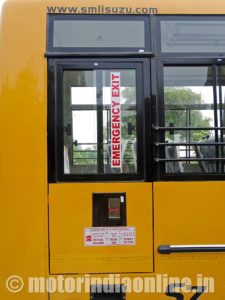 Five years since its launch, the S7 is perhaps an ace performer for the SMLI. Although sold alongside the ‘EcoMax’ and standard school and staff buses in the market, the S7 has carved out a distinct clientele who seek superior quality product and premium feel within the segment. The S7 is also quite appealing to newer applications other than school and staff commutation, including STU (State Transport Undertakings) orders under the AMRUT/ JNNURM scheme and private tour operations. The S7 models also have great potentials for exports to neighboring markets in the Indian region.
Five years since its launch, the S7 is perhaps an ace performer for the SMLI. Although sold alongside the ‘EcoMax’ and standard school and staff buses in the market, the S7 has carved out a distinct clientele who seek superior quality product and premium feel within the segment. The S7 is also quite appealing to newer applications other than school and staff commutation, including STU (State Transport Undertakings) orders under the AMRUT/ JNNURM scheme and private tour operations. The S7 models also have great potentials for exports to neighboring markets in the Indian region.
Progress with time
Both the S7 School and Staff buses are contemporary looking, thanks to the modern styling of the front and rear fascia, and the overall silhouette of the bus, making it less boxy and plain. But what is underneath the skin is what matters. SML has greatly improved its chassis and body making techniques, claiming an edge in terms of light weighting and safety. The bus comes with durable box type chassis to tolerate more load over C frame. There exist a complete steel structural reinforcements below the FRP panels, thereby reducing impact penetration into the cabin at the time of a crash.
In fact, the S7 is designed as per AIS 052 and AIS 063 bus body code and has certified roll over test and stability angle is 40 degree against 28 degree as per CMVR. The body structure is designed from scratch, made up of galvanized steel tubes with thicker stretched panel and, the section is made up of single piece tube. SML has preferred long lasting PU sealants over joints, which is likely to enhance the life of the structure.
On the inside, spaciously and functionally designed cabin uses fire-retardant grade materials and anti-skidding wooden ply floor – makes great sense for school applications. Large window panels are now tinted, and the modular design of the frames is likely to prevent glasses becoming loose in time. The AC variants comes with sealed windows, offer individual AC vents to every seats that are adjustable.
In School bus, the seats feature bottle holder, school bag tray, back handle, and foldable arm rest over the aisle. There are also ‘Stop’ request buttons on the pillars for the convenience of passengers. Other standard features includes emergency exit, fire-extinguisher, and first-aid kits in both the school and staff buses.
For the driver, the archaic dashboard is justified by its sheer practicality. All the controls and buttons are quite handy. The large windscreen, aided by decent seating of the driver, enhances road view to a commanding fashion. The peep-window on the left side wards-off blind spots during curves and turns. The quintessential three-spoke steering wheel features tilt and telescopic adjustment, and the instrument cluster is easy to read. Engine room insulation is greatly improved. The driver also gets a full-length sun visor and a fan.
Improved Fuel Efficiency and lower running costs
In the development of the BS IV engine, SML Isuzu has put in considerable efforts in enhancing the power delivery and engine dynamics, while also reducing fuel consumption. This includes optimizing the driveline to offer maximum tractive effort to the wheels to climb gradients effortlessly, even while AC is turned-on. Turbocharging and EGR helps in achieving higher torque on lower rpms, therefore frequent downshifts can be prevented. The driveline also features an Overdrive gear, wherein the speed in driving gear is less than that of driven gear. With a 5th Gear Ratio of 0.800, engine speed drops, reducing wear and saving fuel.
SML buses are known for their reliability and low-cost maintenance, which partly made them the stellar performers in the school and staff segments for years. The S7 does not only ride on that inherited repute, but is also a leap ahead in its terms of design, build quality, functionality, performance, and safety. The company’s well-established dealer and service network at the grass-root level is an added advantage, which will help its buyers greatly in lowering TCO of their vehicles.
